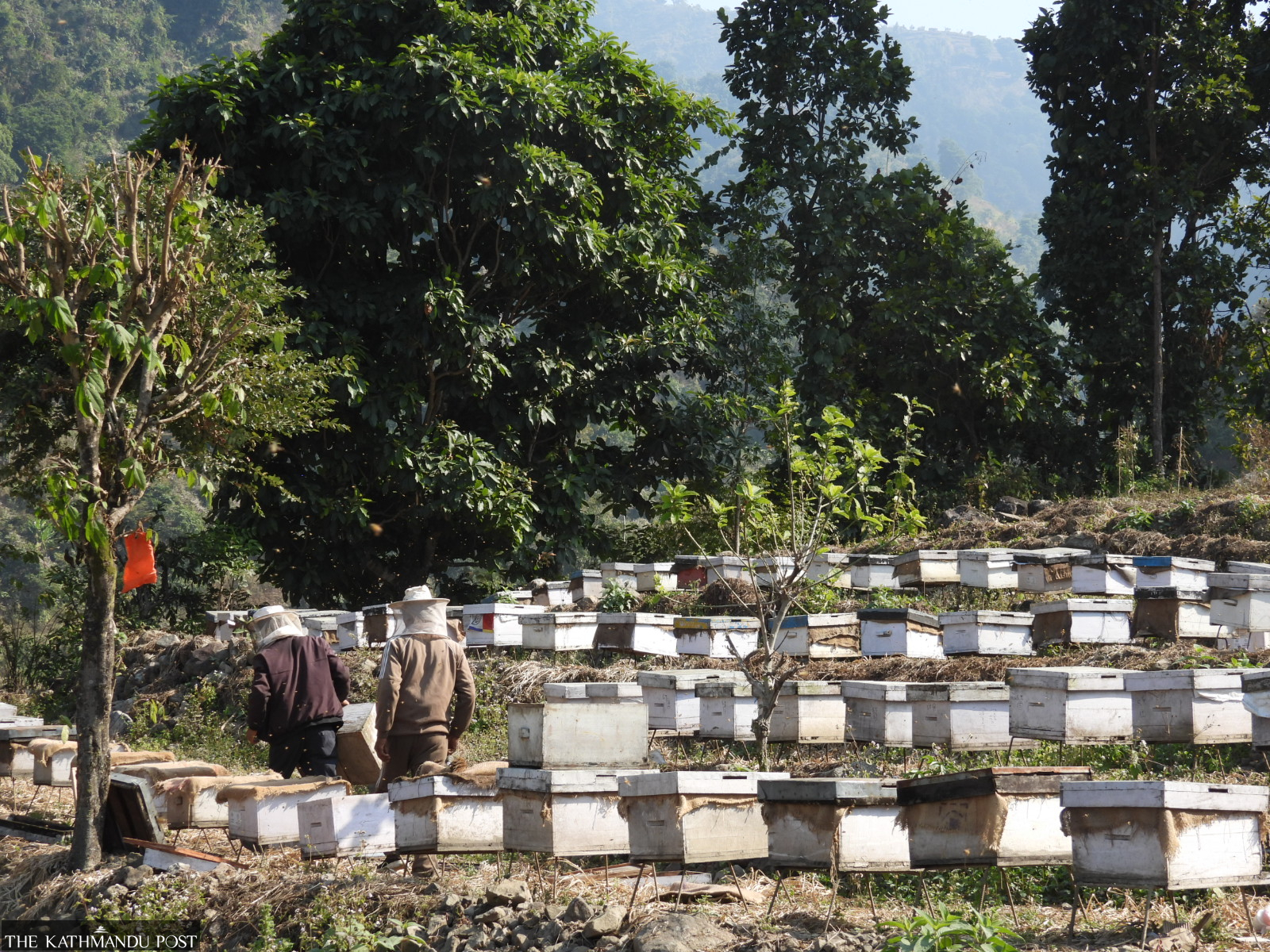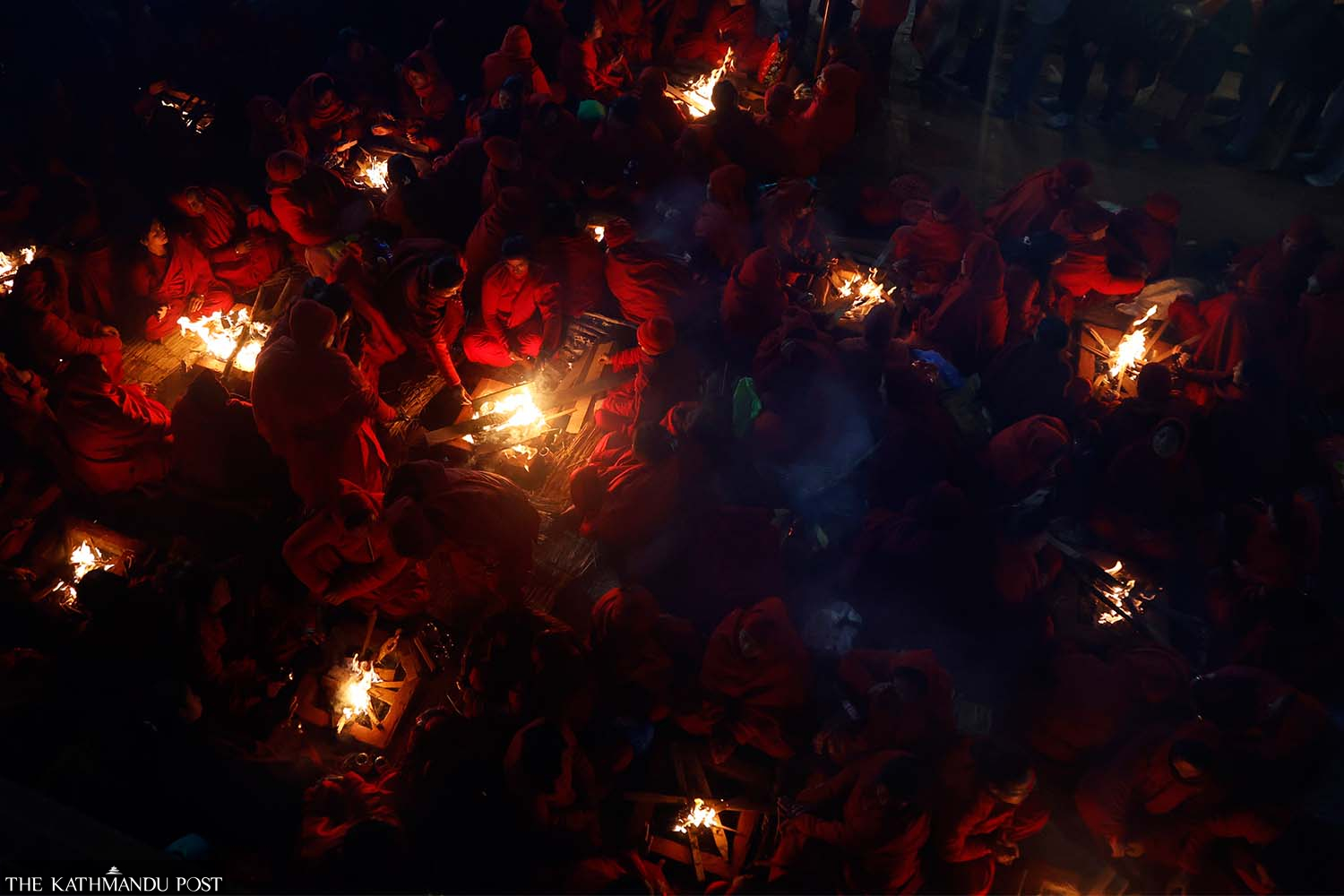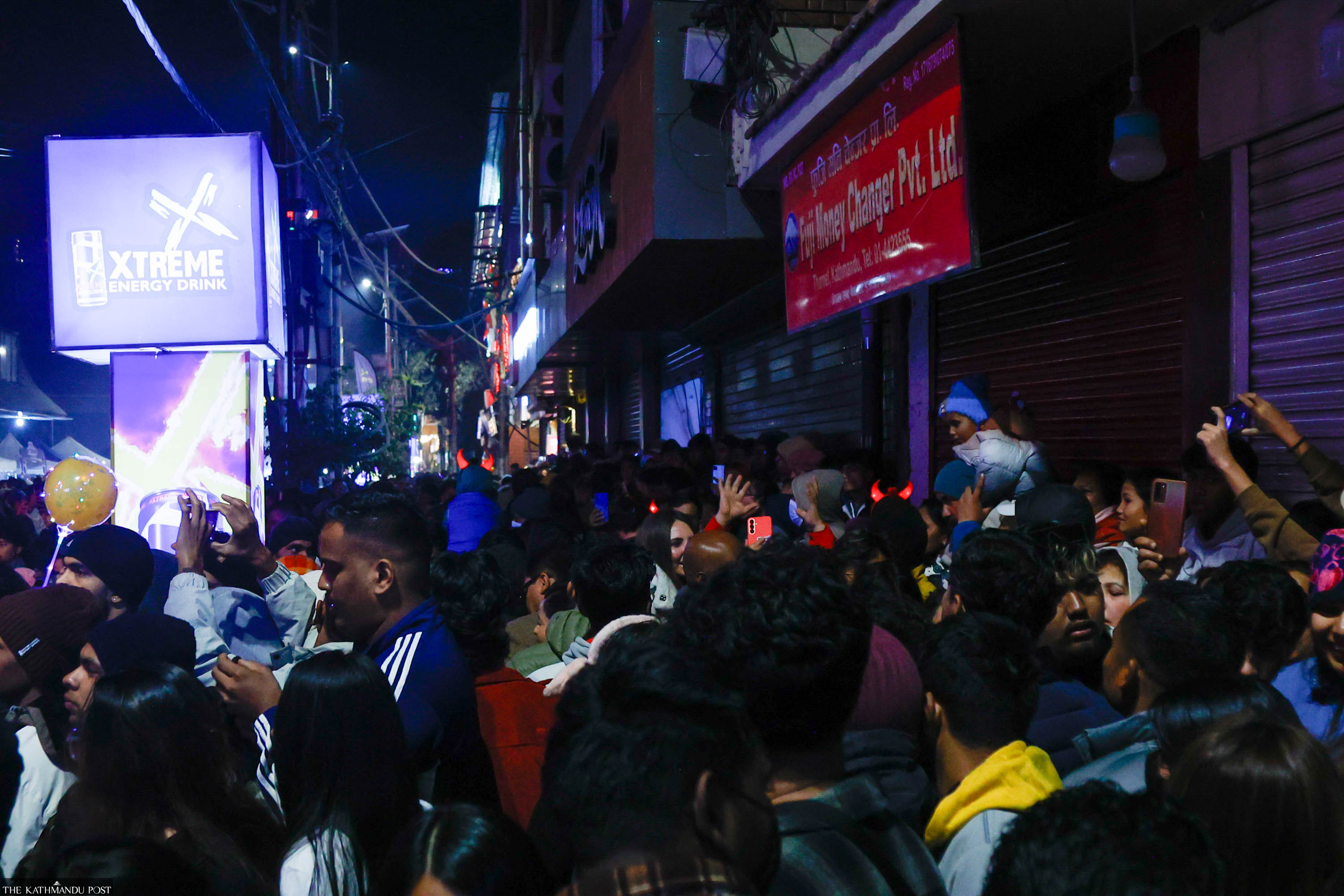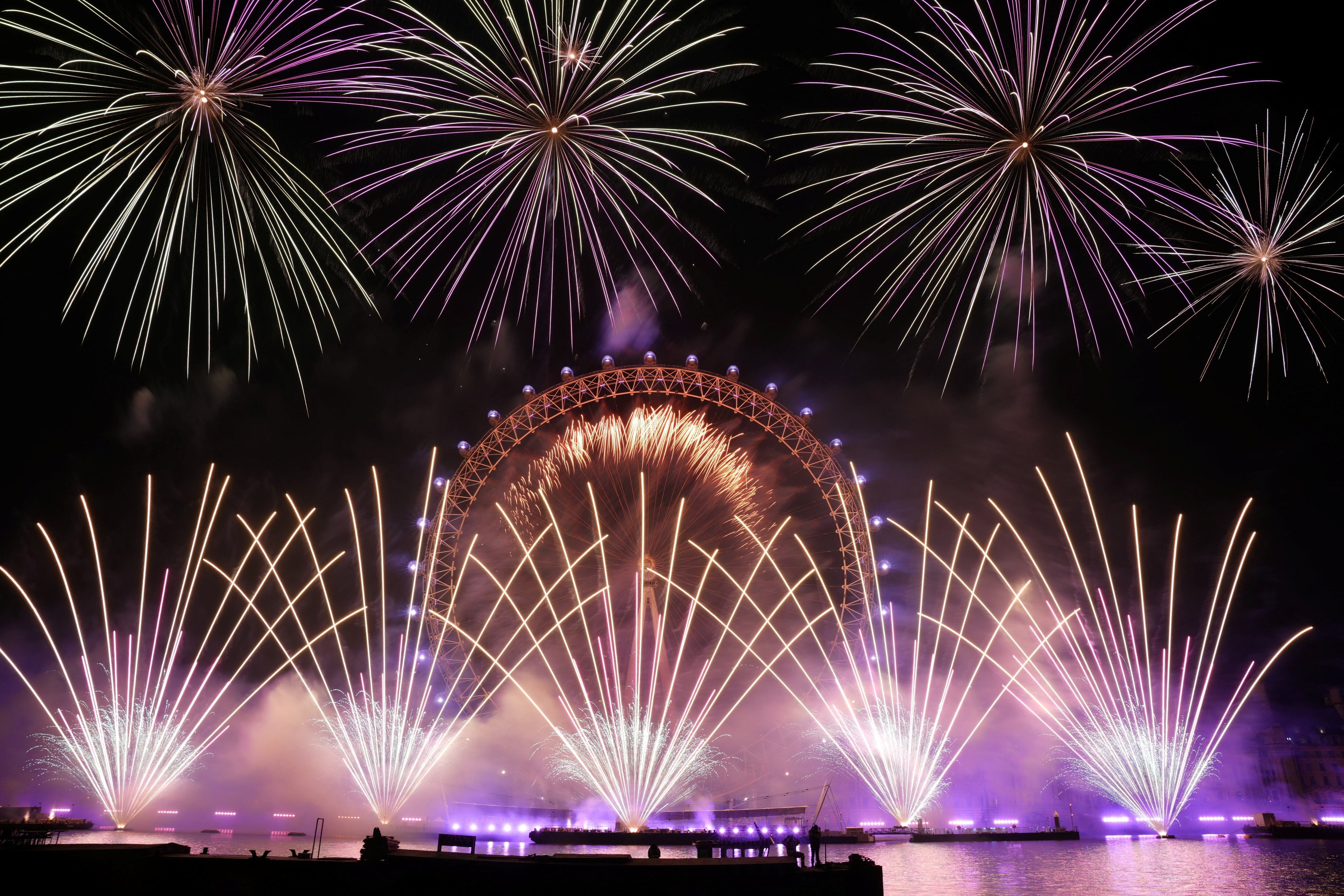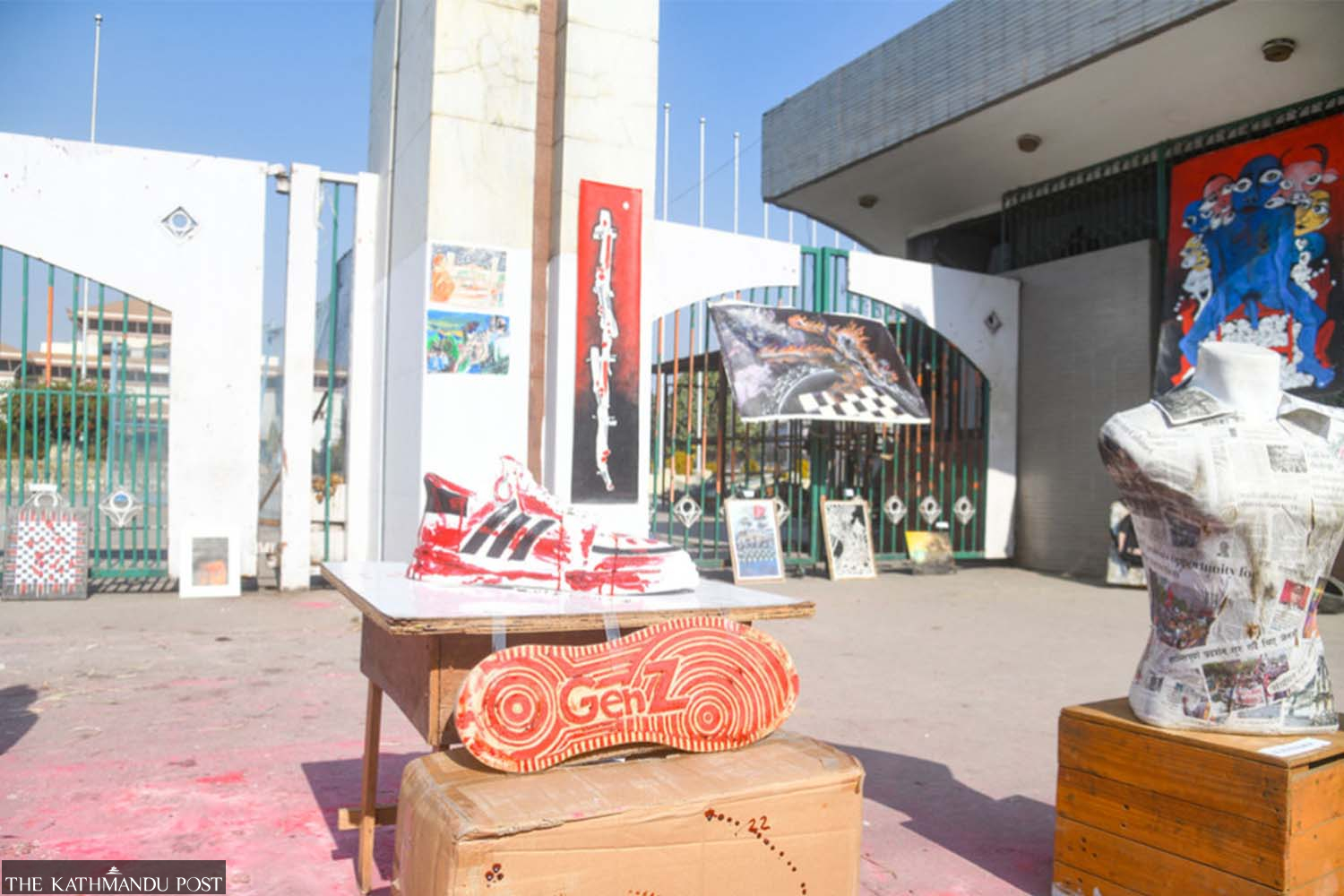Visual Stories
Once upon a time in Mustang
Welcome to the region every lover of trans-Himalayan adventure must visit once in their lifetime.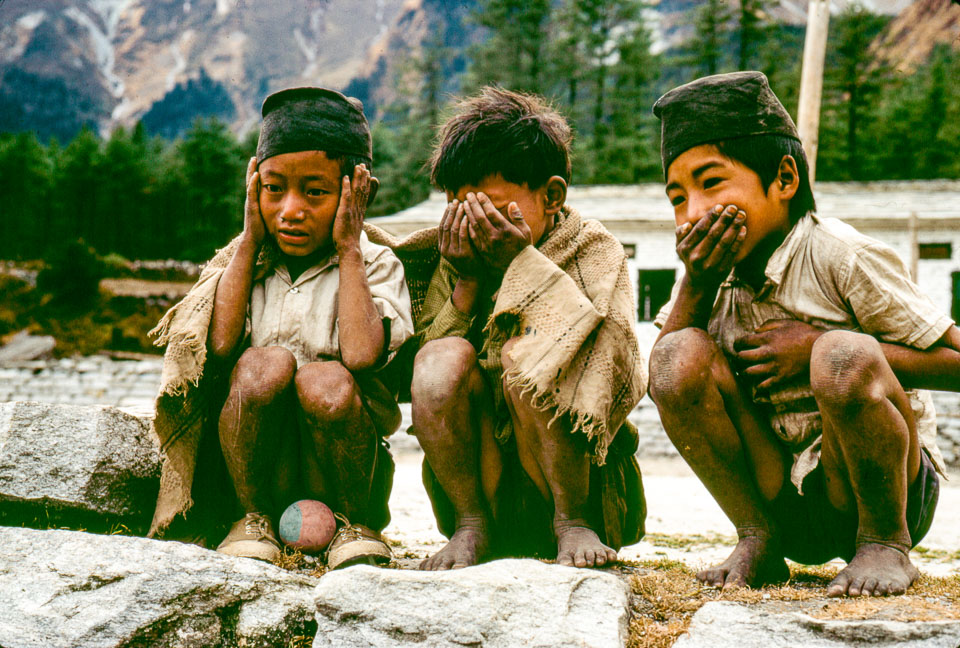
Post Report
From the open fields of Kathmandu to the unpaved streets in Pokhara, this photo essay series will take you to a more organic period in the country’s history. In the next few months, the series, based on photographs from Nepal Photo History Project, will transport you to towns and villages across the country while they were still decades from the modern world the photographers who captured these images hailed from.
To see more photo essays in this series, go to tkpo.st/eka-deshma
***
It’s hard not to be fascinated by the mysteries of Mustang. Whether it’s the walled city of Lo Mangthang or the ever-vibrant Muktinath, the picturesque alpine landscapes or the ancient sky caves, the riches of the Mustang region is enough to lure any lover of the trans-Himalayan adventure to the country’s north.
As one of the most popular tourist destinations in the country, Mustang, one of the two districts “beyond the mountains,” welcomes thousands of domestic and international tourists every year. So it was no surprise that when volunteers for the US Peace Corps programme arrived in Nepal in the 1960s, they didn’t miss the opportunity to trek north.
Though the country has seen significant changes and developments since the 1960s, time appears to have stood still in parts of Mustang. Today’s Mustang has roads, better schools and health services, but the old flavour of life still lingers in the thin air of Mustang.
These photos, taken by US Peace Corps volunteers, show Mustang in all its mystique.

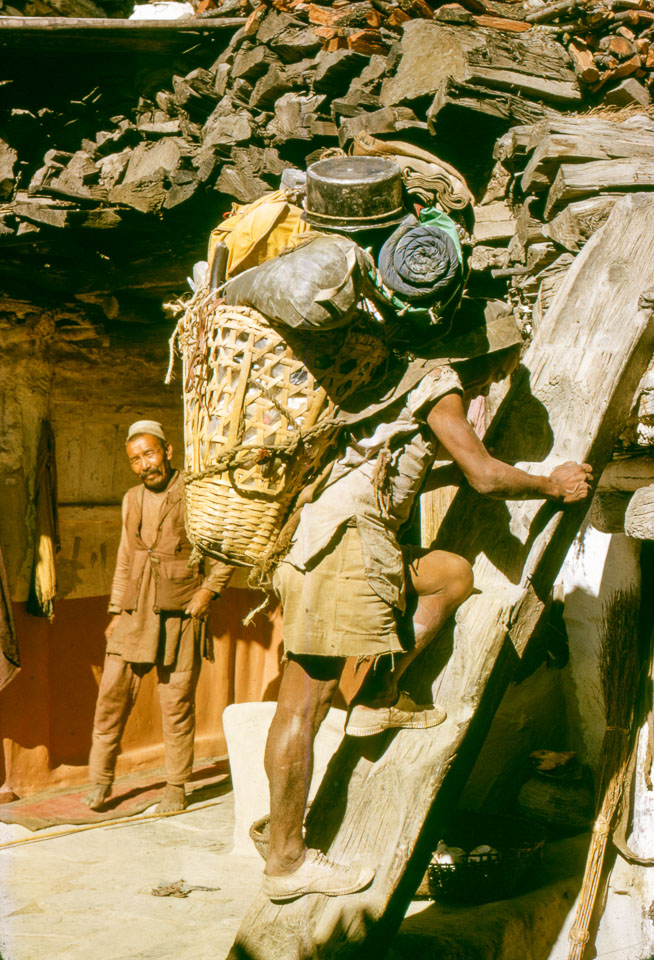
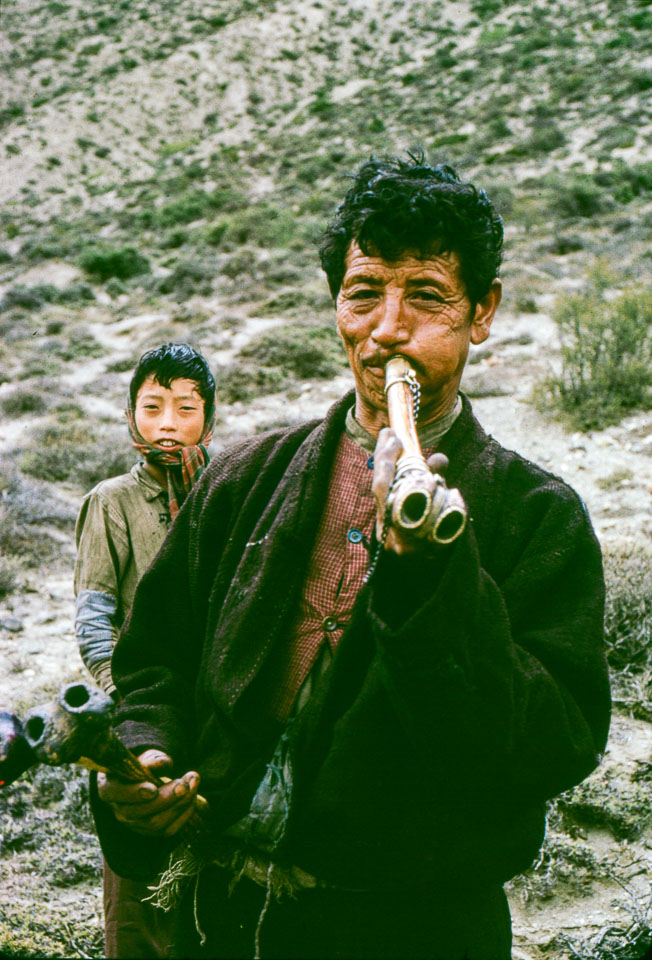
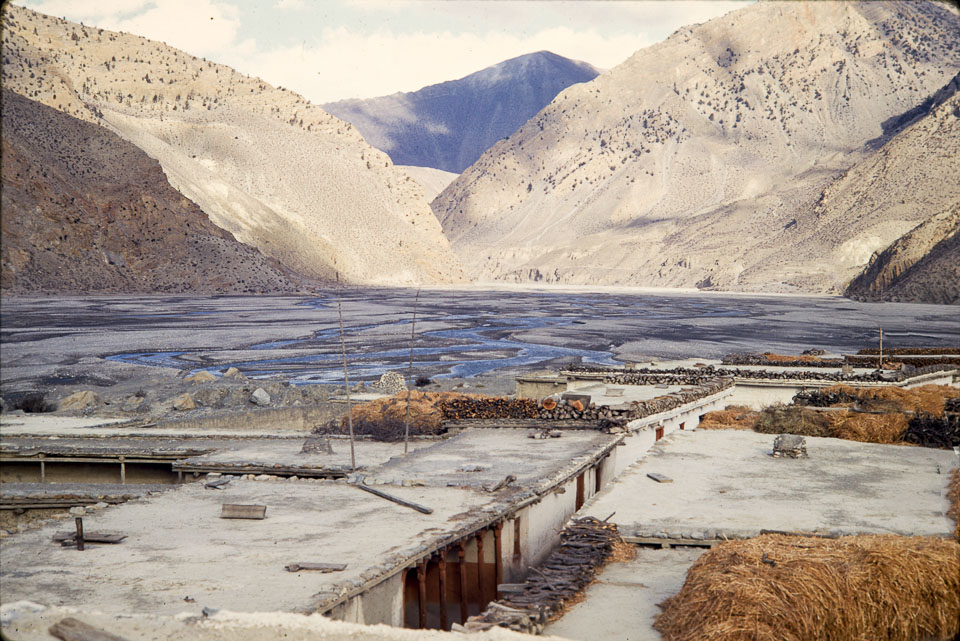

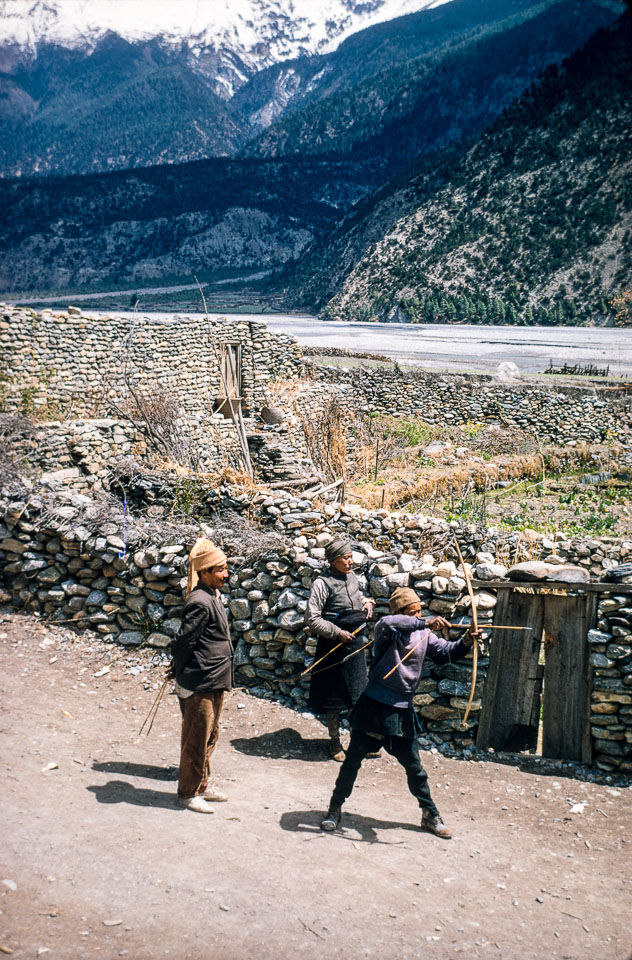
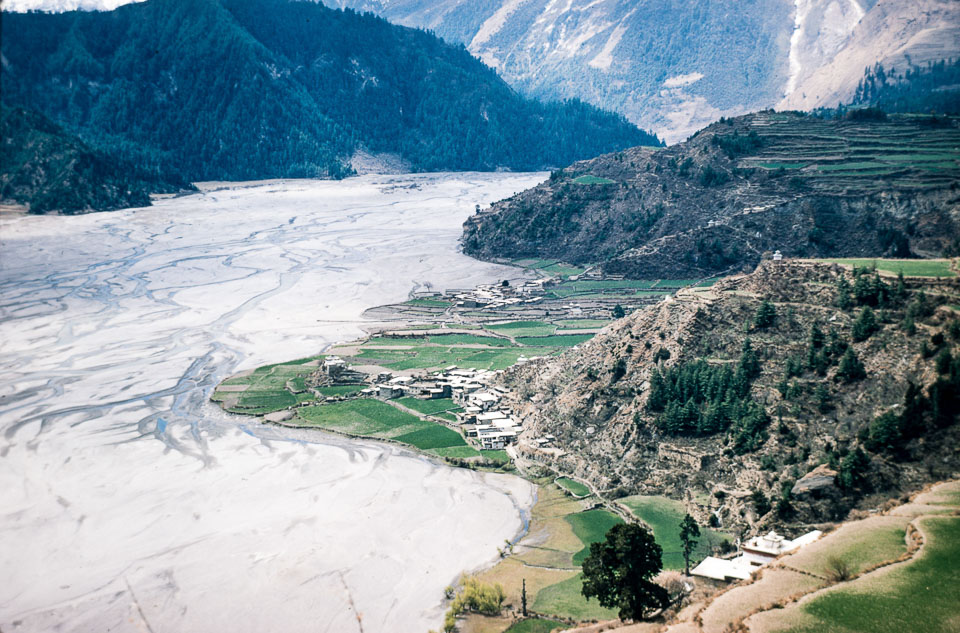

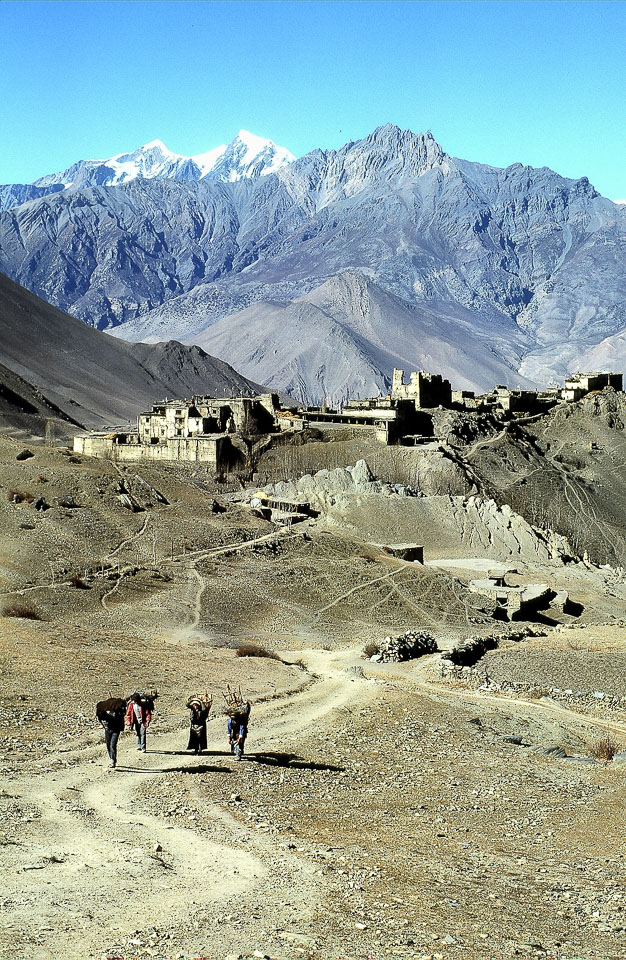
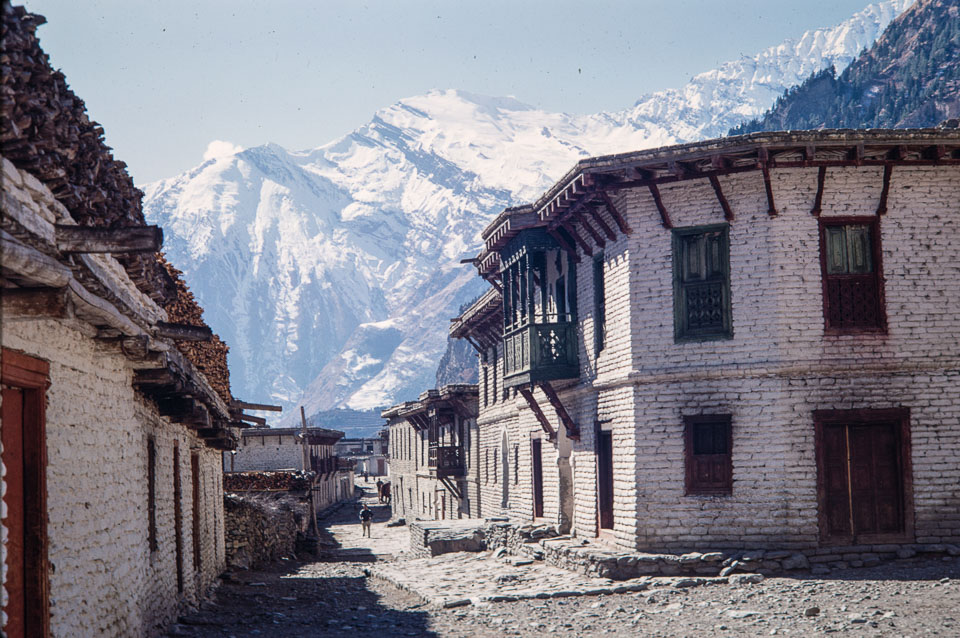
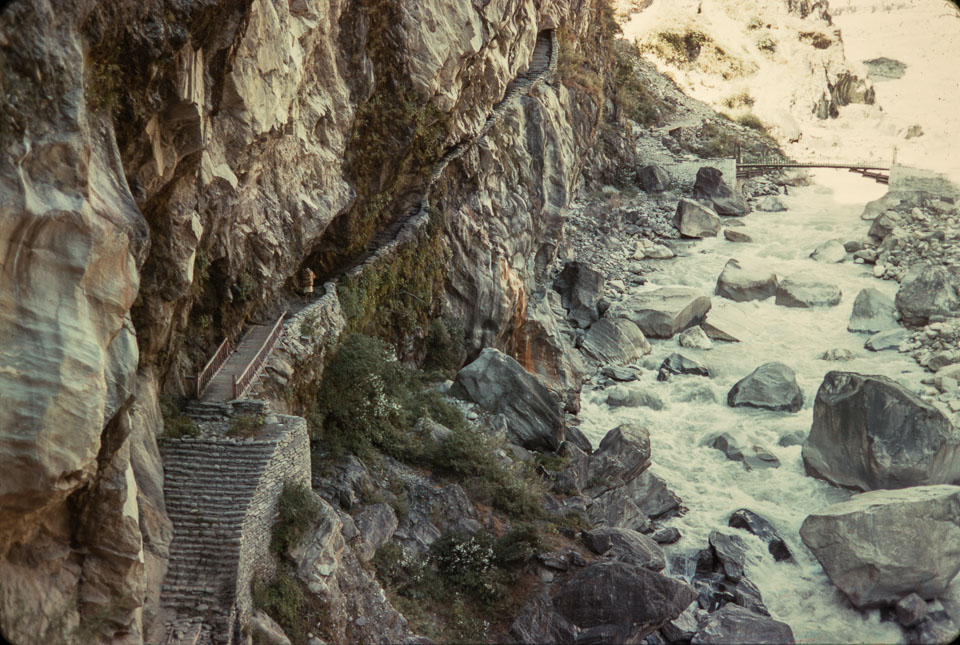
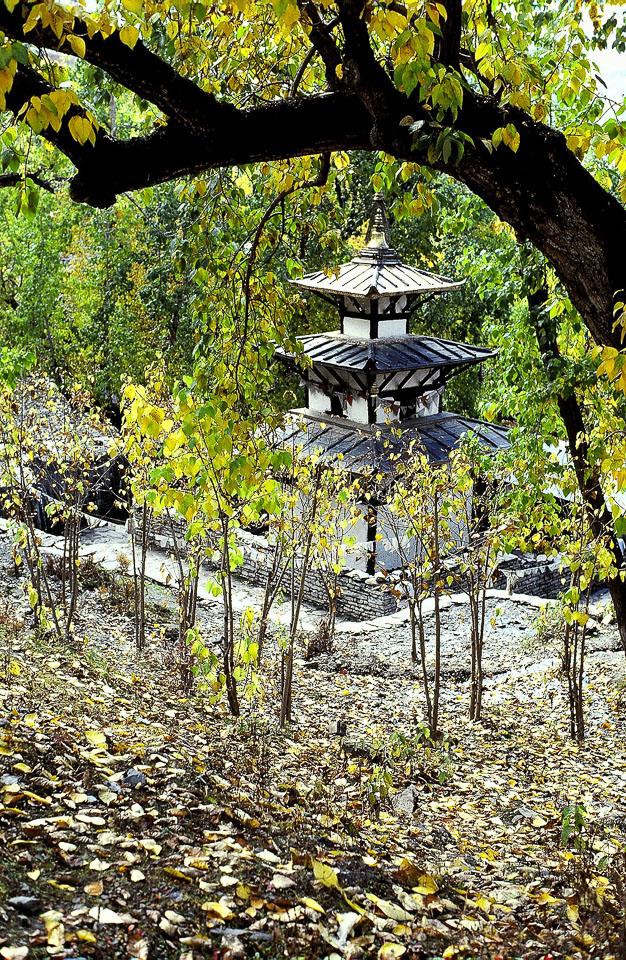
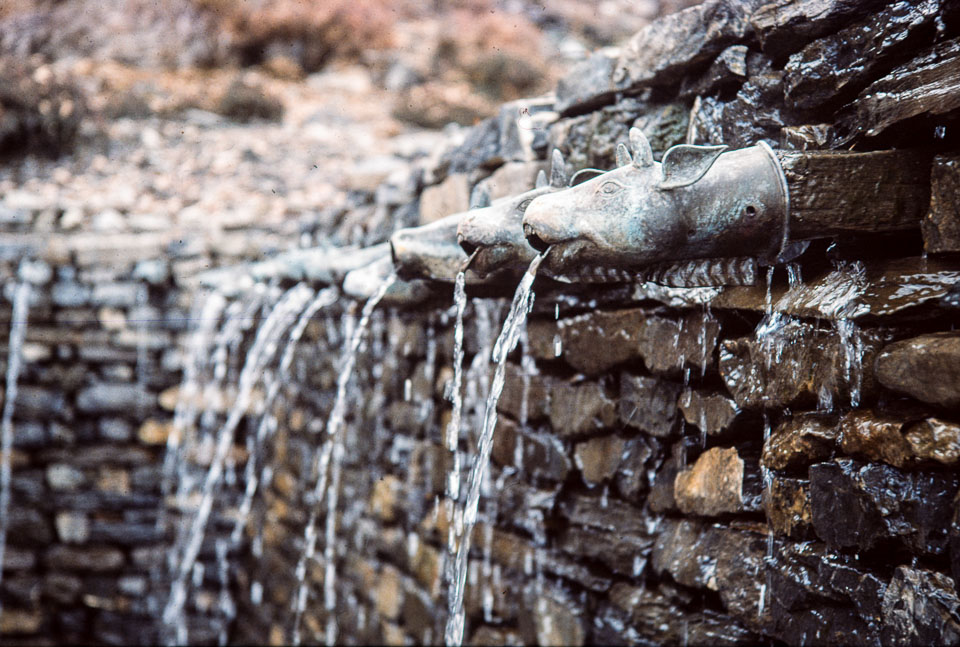
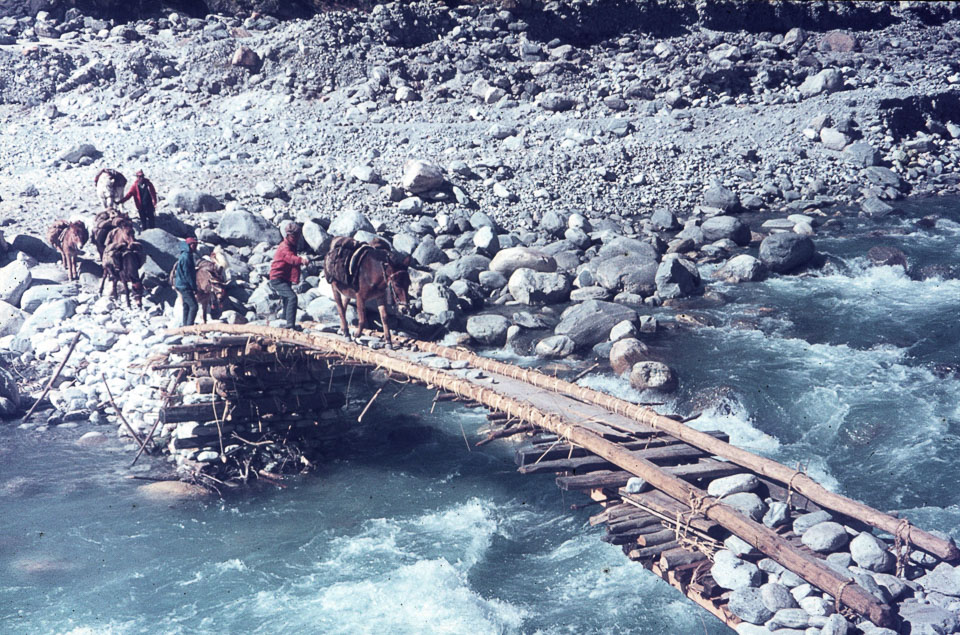

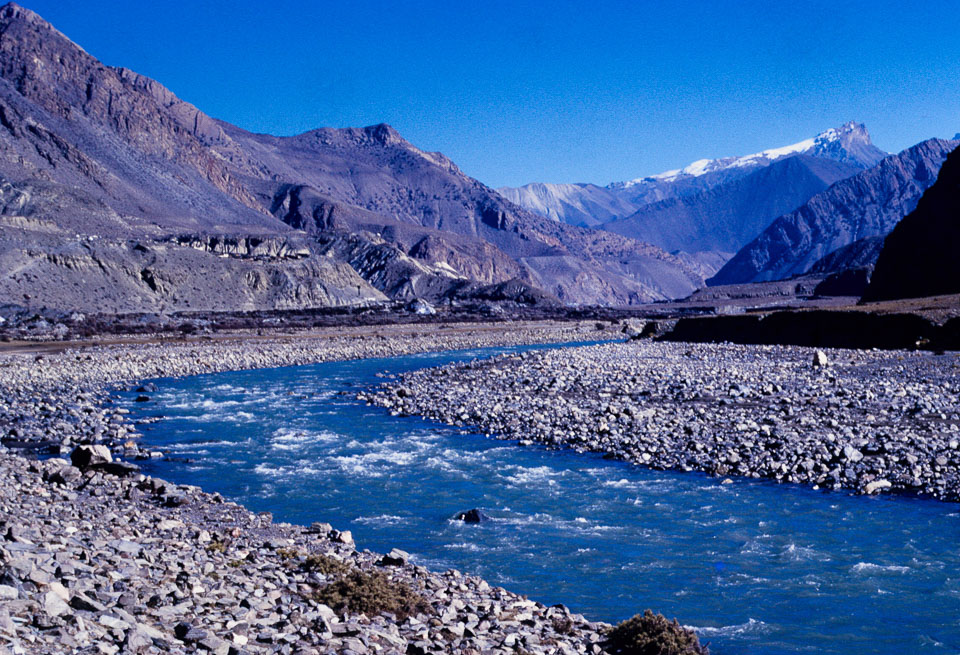
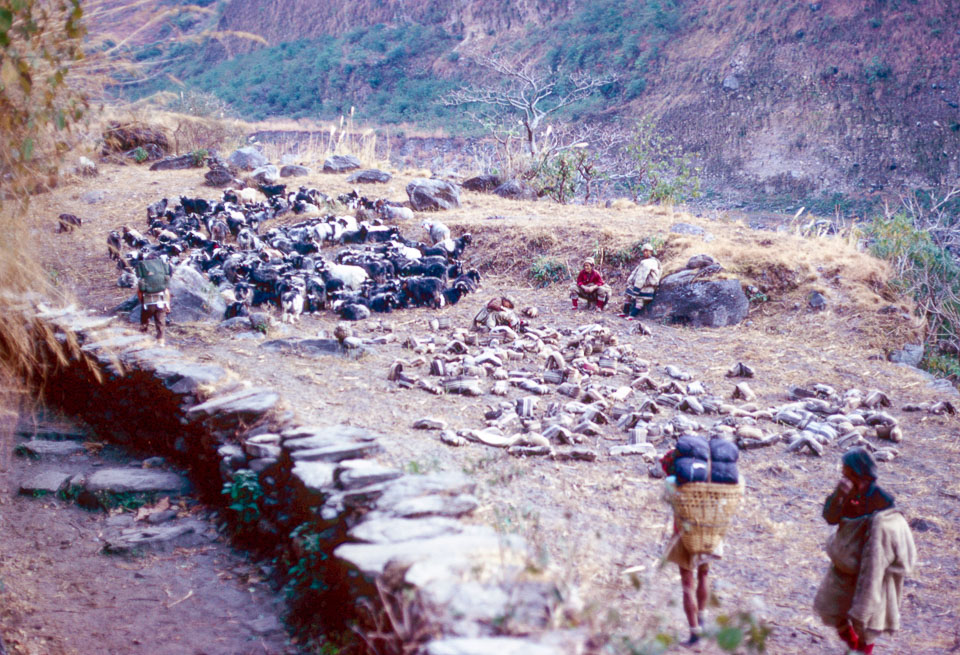
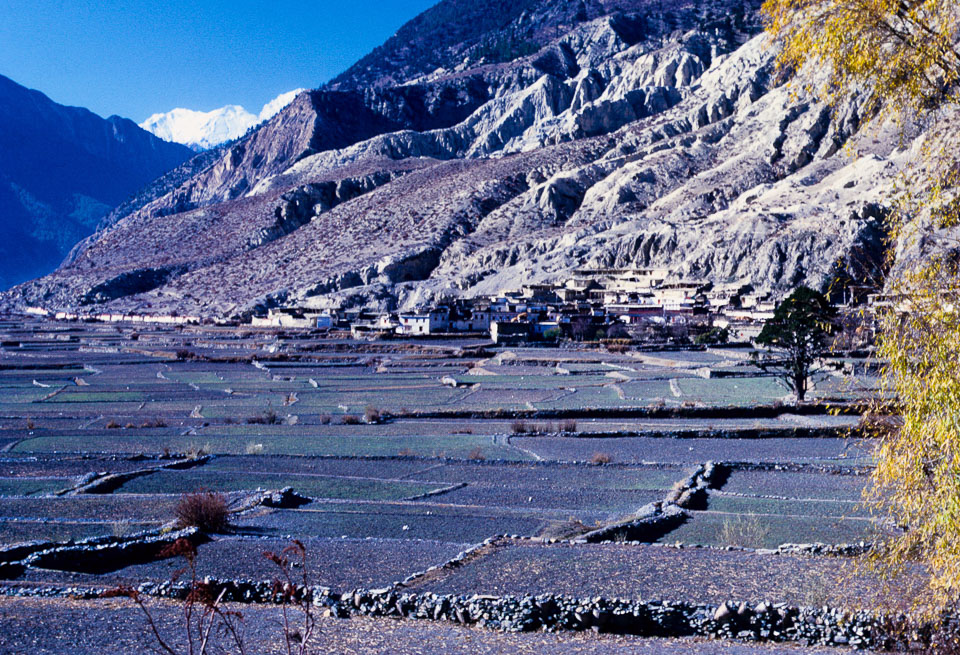
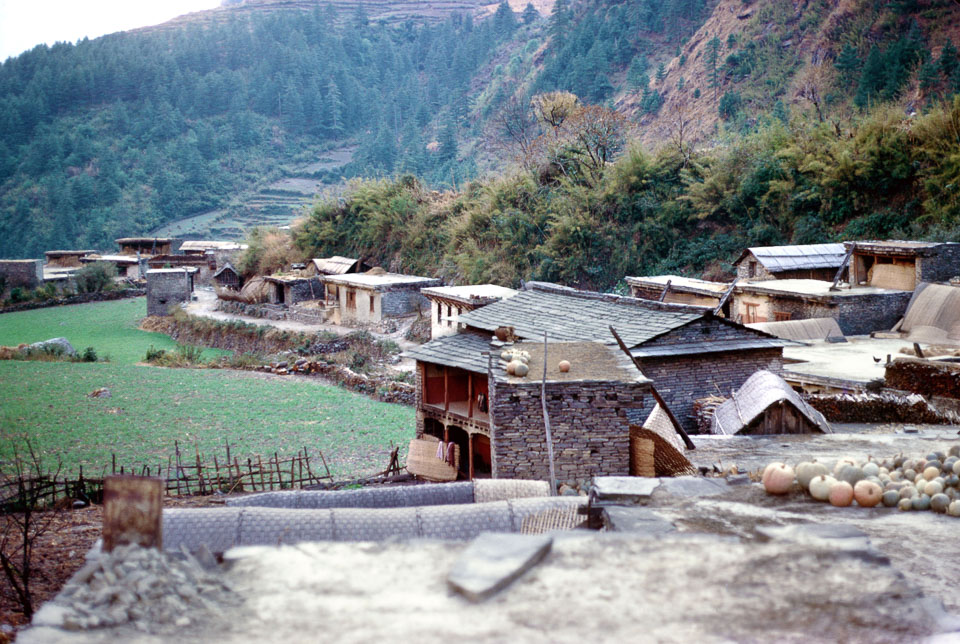
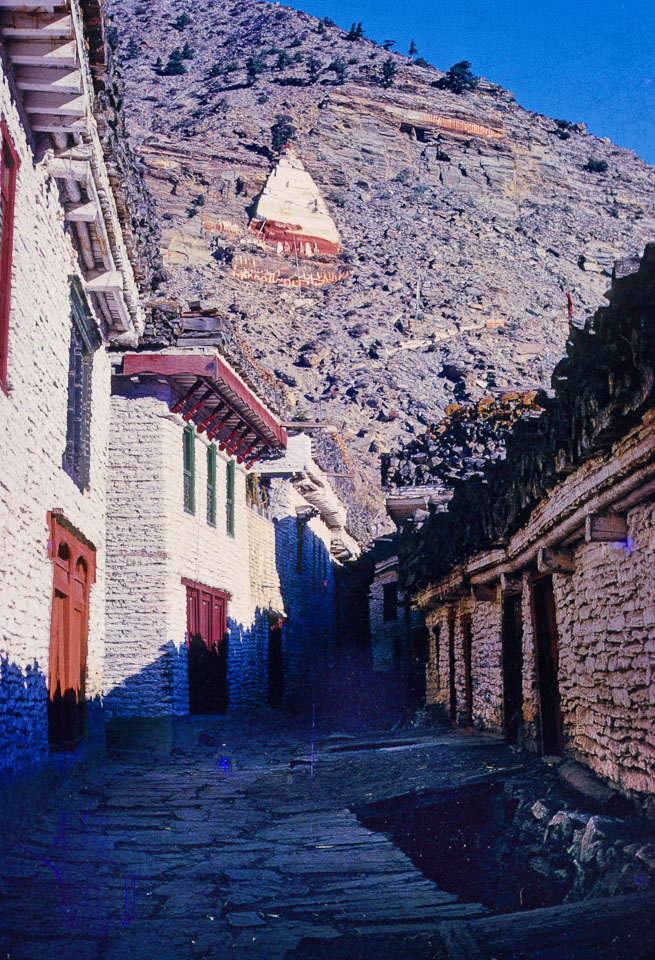
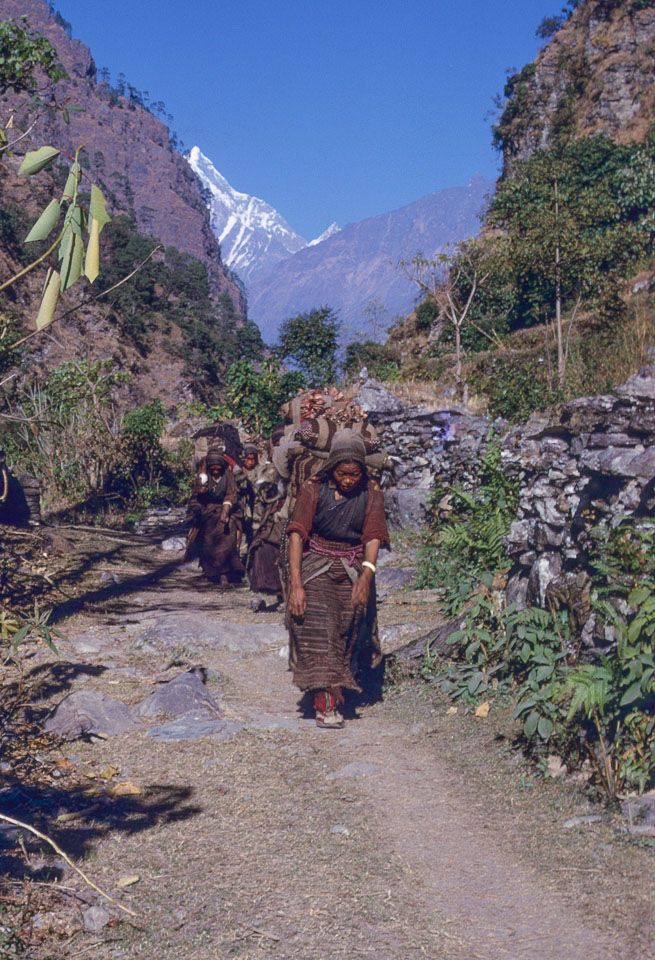

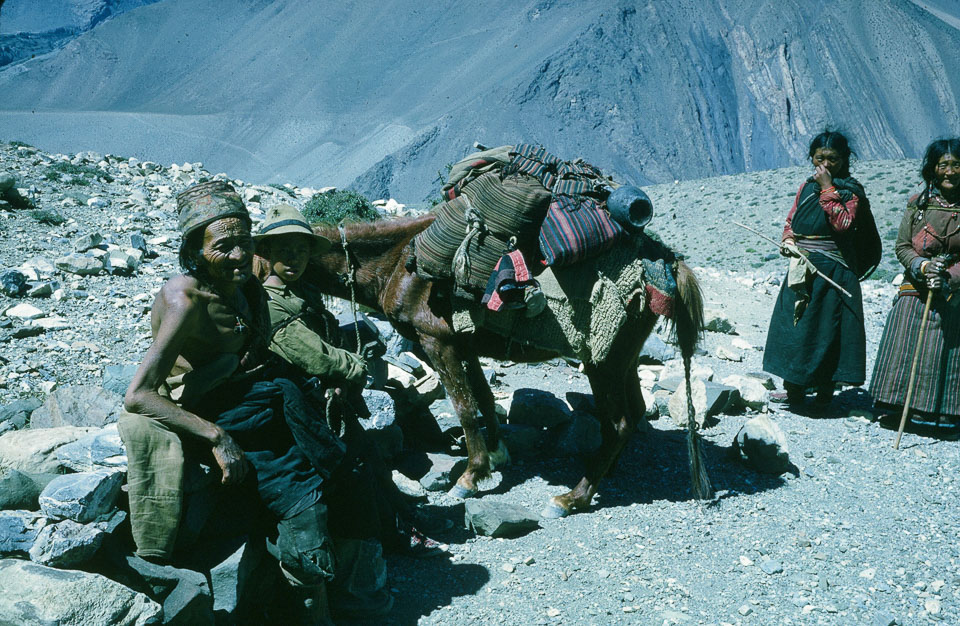
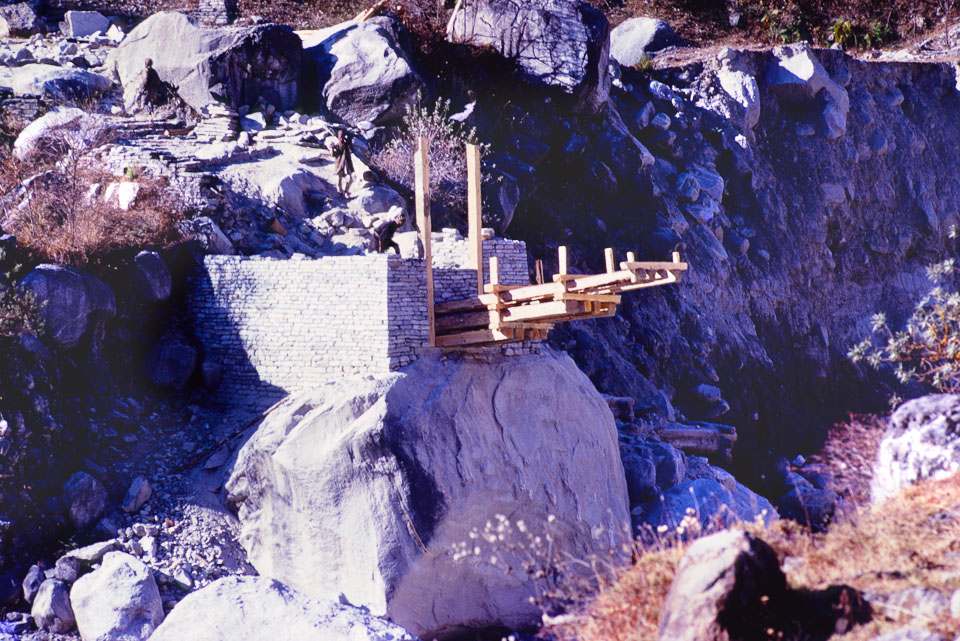
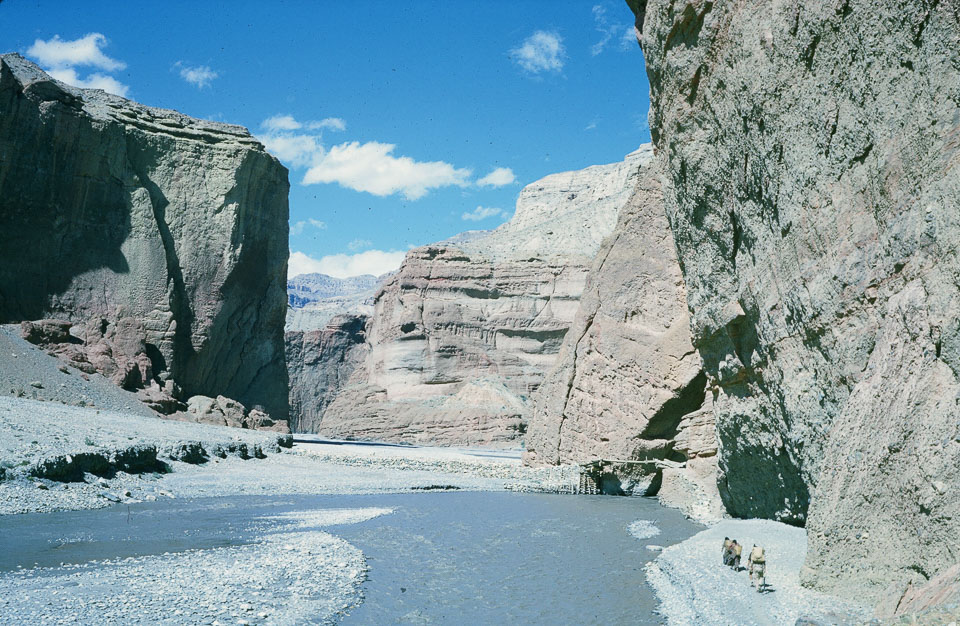



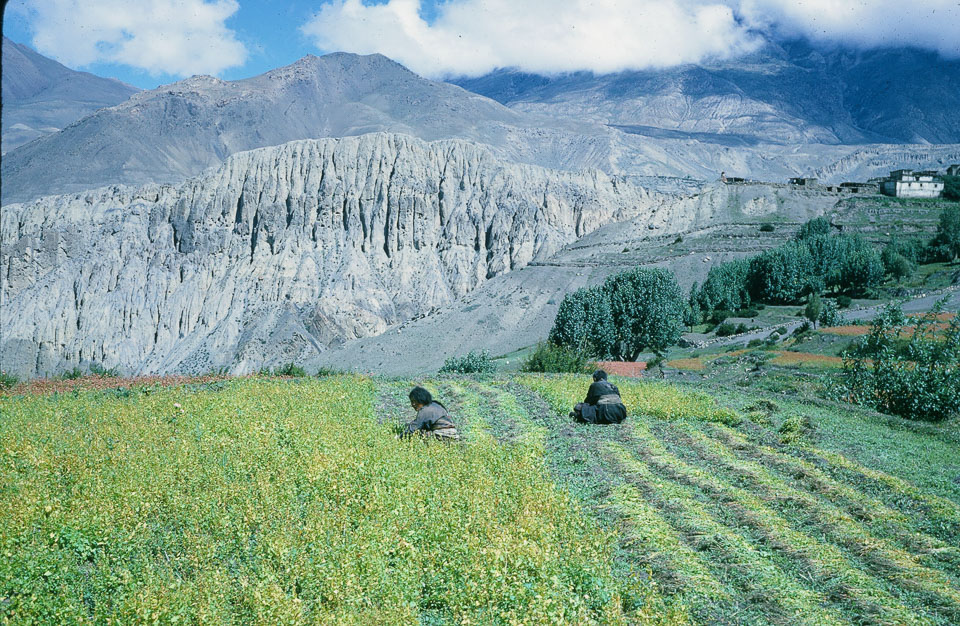
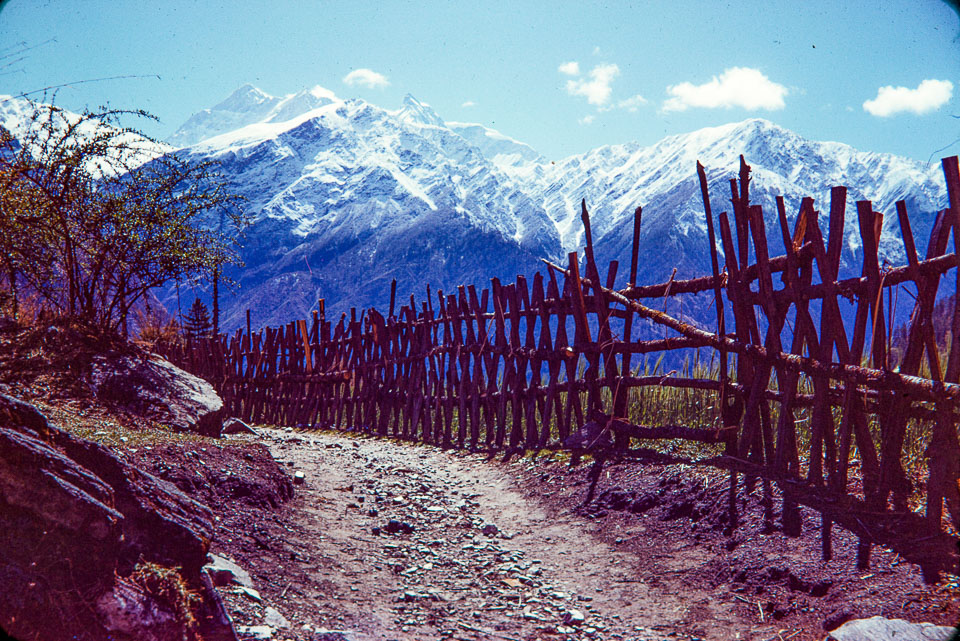
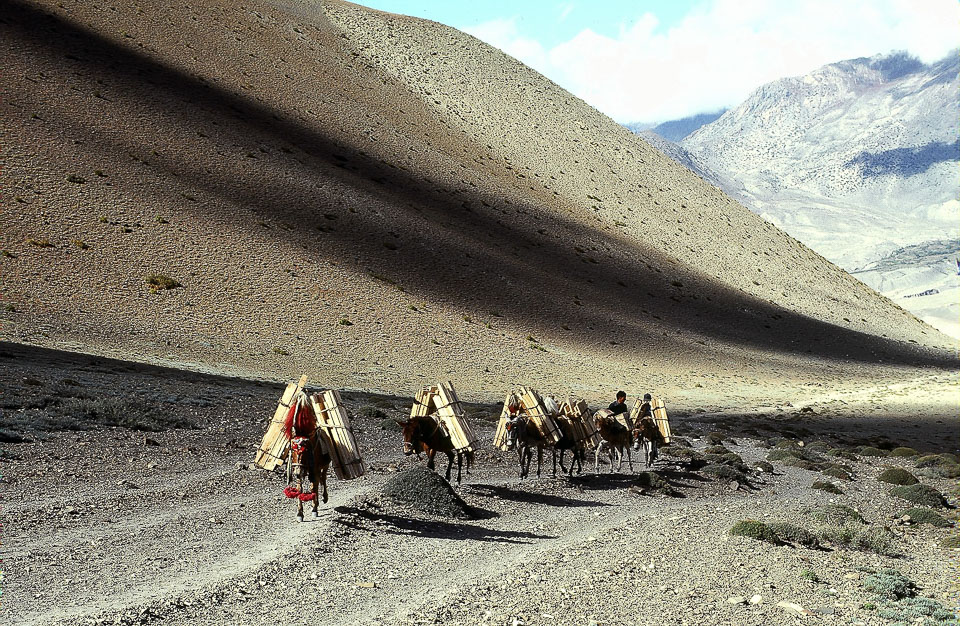
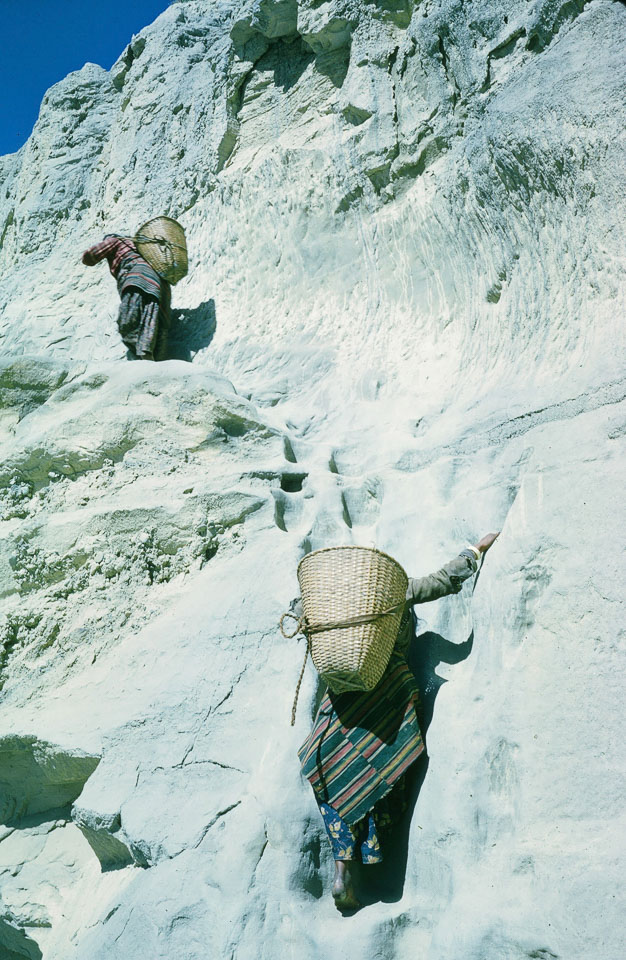
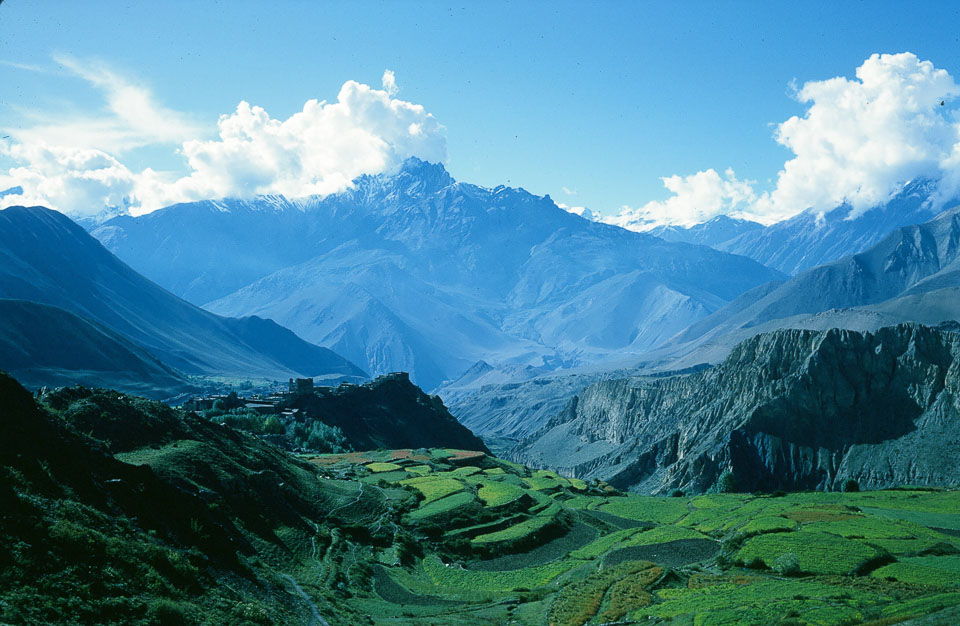




 12.99°C Kathmandu
12.99°C Kathmandu